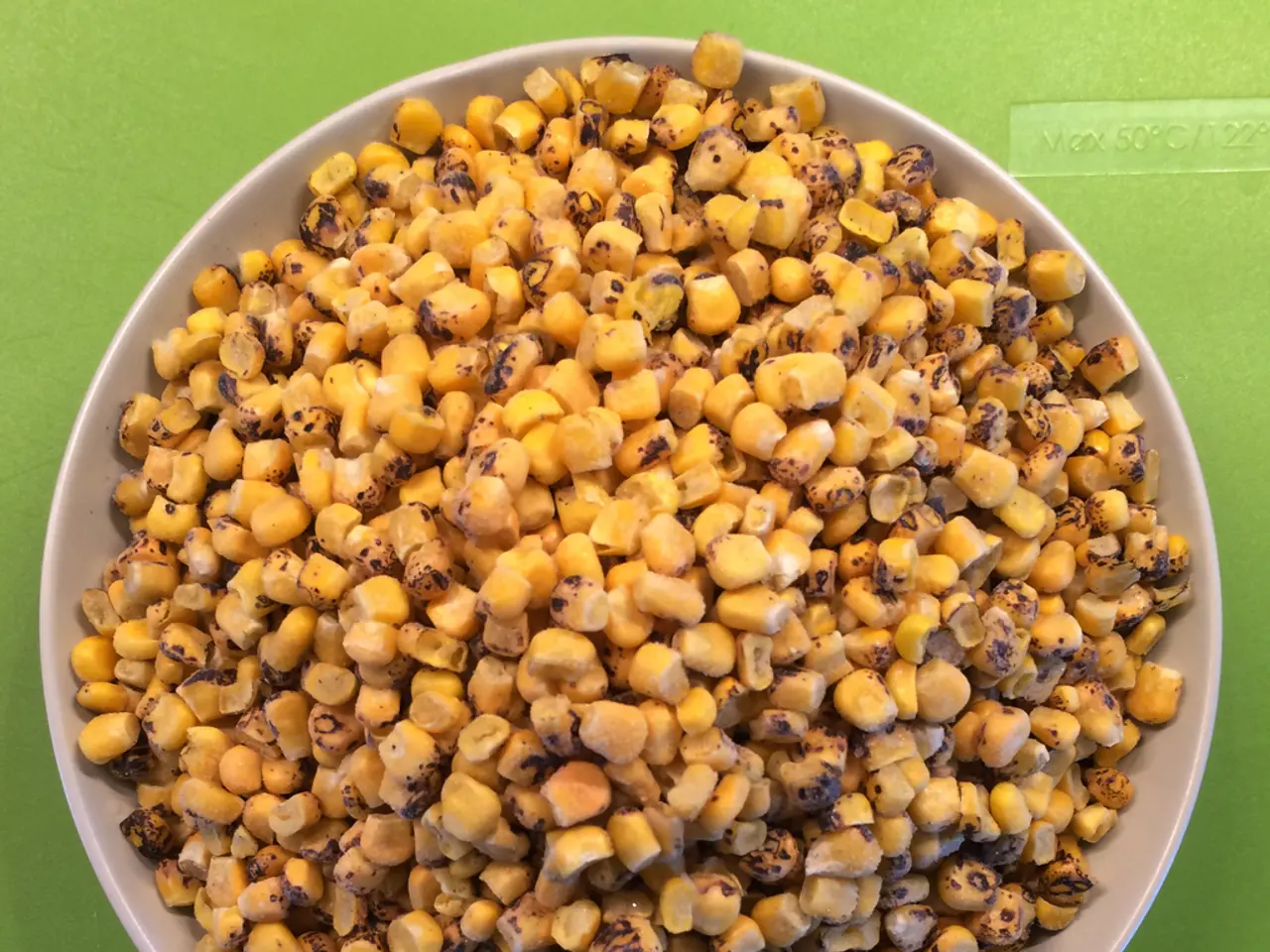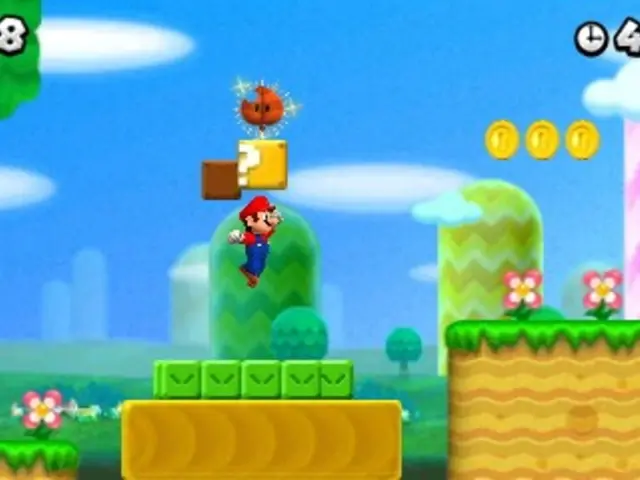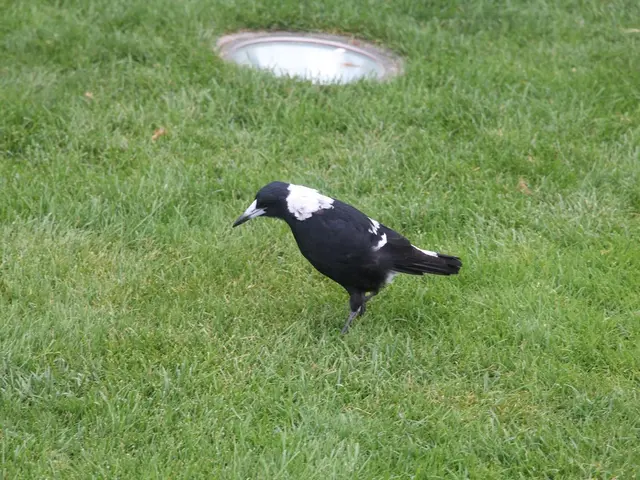Recognizing Maturity in Peas: agriculturists' advice for garden enthusiasts
In the world of gardening, Larry Meyers stands out as a seasoned professional with over a decade of lawn and landscaping experience. His latest venture aims to share his vast knowledge and create a one-stop shop for all gardening information and needs. One of the many crops he passionately advocates for is peas.
Peas are a versatile and nutritious vegetable that thrive in sunny spots with at least six hours of daily sunlight. They require well-draining soil with good fertility, with a mix of compost and garden soil recommended for optimal growth. Peas need nitrogen for leafy growth, phosphorus for flowering, and potassium for fruit development.
When it comes to timing, peas are generally ready to harvest about 60 to 70 days after planting, depending on the variety. For example, garden peas are often harvested around 65 days after planting. To know when the peas are ready, look for bright green, plump, and filled-out pods. For shelling peas, the pods should look smooth and full without any waxy coating or discoloration, which signals overripeness. Snap peas should have plump and glossy pods, while snow peas show immature peas visible through the thin pod wall.
The best indicator of readiness is often flavor. Perfectly harvested peas have a sweet taste and a pea-shaped silhouette—plump but not bursting. Pods picked too early are flat and lack peas; those picked too late have firm peas with diminished sweetness and fibrous pods.
To ensure the best flavor and freshness, peas should be picked in a fresh, dew-dried garden. Hold the vine at the stem and gently pinch or snap the pod off to avoid damaging the plant, allowing for continuous production. During peak season, harvest peas every couple of days to enjoy the freshest pods continuously.
After harvest, shell fresh peas immediately to preserve their texture and flavor. You can use them fresh in recipes or preserve them by freezing or canning. Peas can be stored in the freezer for up to 8 months to preserve flavor.
Regularly checking the plants and maintaining cleanliness in the garden helps reduce the risk of diseases and pests. Rotating crops each year can minimize soil-borne problems. Pests such as aphids and cutworms can be an issue in pea gardens. Insecticidal soap can help control aphid populations, while handpicking cutworms is effective in managing them.
Powdery mildew is a common disease in peas, and good air circulation and avoiding overhead watering can help prevent it. Peas love sunny spots with at least six hours of sunlight daily, and they need about an inch of water per week, but too much water can cause root rot.
Peas are a versatile vegetable that can be eaten straight from the pea pod, added to salads, used in stir-fries, soups, stews, or used as a garnish. Pea shoots, a tender green, can be used in salads or as a garnish. Fresh peas are always the sweetest, so following these expert best practices for timing and harvesting techniques will ensure you enjoy the best flavors from your pea crop.
Incorporating peas into your home-and-garden lifestyle can reap numerous benefits, as they are a versatile and nutritious vegetable that thrives in a sunny spot with at least six hours of daily sunlight. To maintain their freshness and flavor, peas should be harvested regularly, every couple of days during peak season, and picked in a fresh, dew-dried garden to ensure optimal taste.








